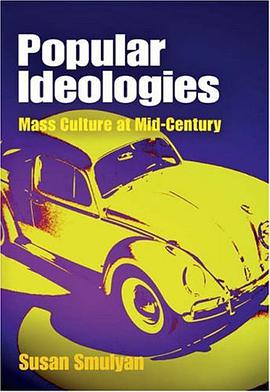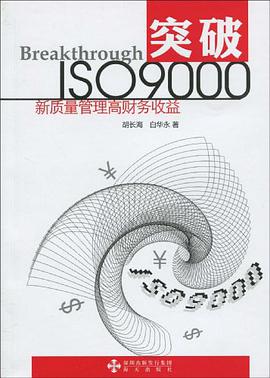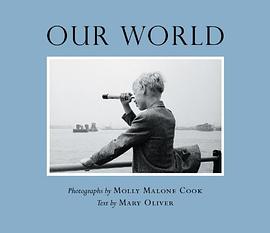

具体描述
In Popular Ideologies, Susan Smulyan demonstrates that popular culture represented more than just escape during the twentieth century's formative period. Far from providing an ideology-free zone, popular products and entertainments served (and continue to serve) as an arena where producers attempt to impose notions of race, class, gender, and nationhood, and consumers react to such impositions. From popular minstrel skits performed by middle-class families, to women rioting to experience the technological wonder of nylons, to Hollywood-starved post-World War II Japanese film fans eager to see American screen stars, to dissatisfied advertising men who wrote best-selling novels, people used mid-century popular culture to reinforce their status while claiming their place in a newly commodified and increasingly mass-produced world of leisure activities. Smulyan also tracks the ways popular culture, over time, became less and less open to audience input and more an expression of powerful institutions. Today, despite the lack of audience control over the mass media, contemporary college students use marginal forms like Japanese anime and campus cultural shows to make sense of their own lives-much as did mid-century amateur minstrels, stocking buyers, movie-goers, and the writers and readers of popular novels. Through a wide and eclectic range of subjects, Popular Ideologies examines classic issues of modern cultural history, including the relationships between producers and consumers and how both groups use popular culture.
作者简介
目录信息
读后感
评分
评分
评分
评分
用户评价
相关图书
本站所有内容均为互联网搜索引擎提供的公开搜索信息,本站不存储任何数据与内容,任何内容与数据均与本站无关,如有需要请联系相关搜索引擎包括但不限于百度,google,bing,sogou 等
© 2025 book.wenda123.org All Rights Reserved. 图书目录大全 版权所有




















